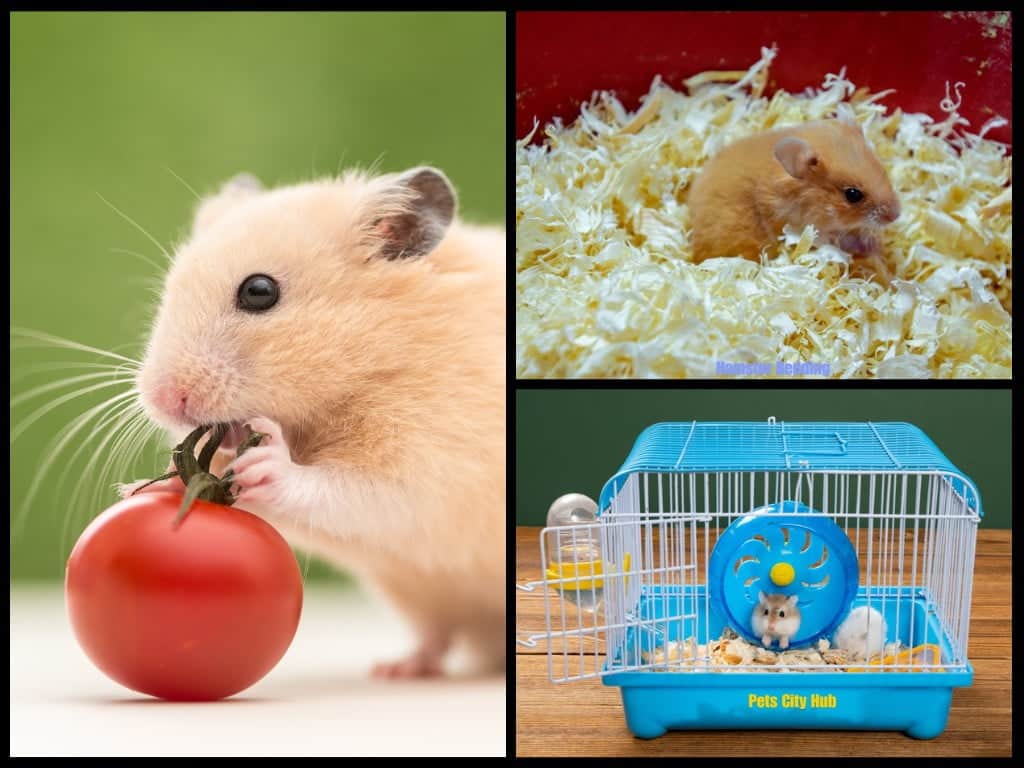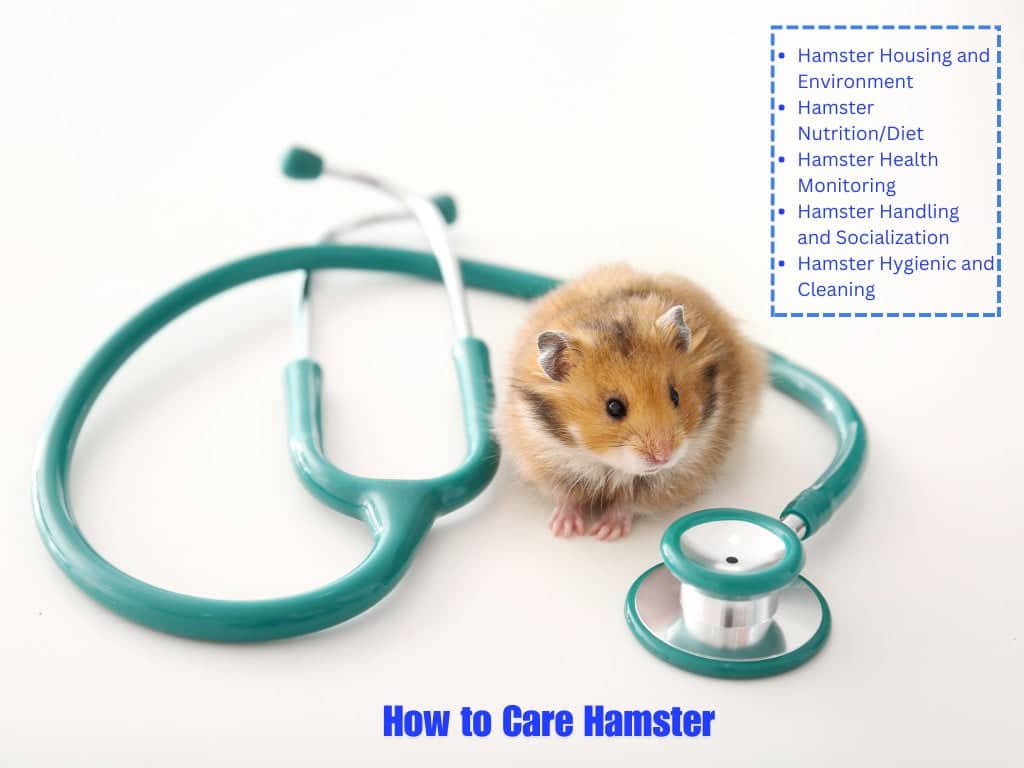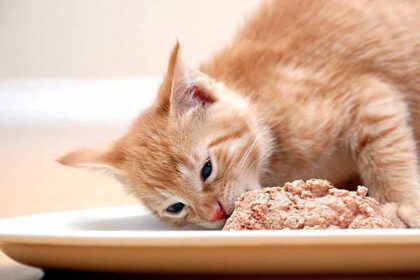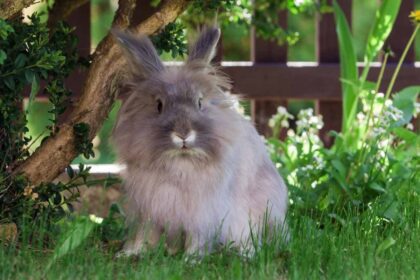Hamsters are popular small pets known for their cute appearance and playful nature. With proper care and attention to their health needs, hamsters can be delightful companions. These furry rodents have a relatively short lifespan of 1-2 years, with some living up to 5 years. Hamsters are nocturnal creatures that enjoy burrowing and hoarding food in their habitats.
The Syrian hamster, also called the golden hamster, is the most common species kept as pets. They come in various coat types, such as short-haired and long-haired varieties like the teddy bear hamster. Dwarf hamsters are another popular pet choice due to their small size and social behavior.
Understanding their unique characteristics and providing appropriate care is essential for ensuring a happy and healthy life for pet hamsters.

Hamster Housing and Environment
It may get disturbed, act queer and even fall sick if the hamster does not have its rights abode and surrounding. However, insufficient space, poor circulation of air, wrong temperature or bad bedding can always make your hamster unhappy and unhealthy. Conversely, a good home with enough room for it to roam around in, plenty of fresh air to breathe in through its nostrils cozy beddings to snuggle onto interesting toys to play with will only make the little creature happy leading him/her to act normally while staying healthy within its own nice habitat.
Cage
A Syrian hamster requires at least 360 square inches of space; a dwarf hamster needs 288. This ensures that there is enough room for them to engage in natural behaviors and exercise. Proper airflow is very important because it prevents urine from producing ammonia which could damage the respiratory system of the pet. Wire cages with a solid bottom should be used to avoid foot problems.
The right size, adequate space for playing and breathing well are necessary for a good and contented hamster habitat.
Bedding
Some of the hamster’s bedding materials include aspen shavings, paper-based bedding, or hay. Cedar and pine shavings should not be used for bedding because they have oils that are dangerous to animals. Periodically change the bedding when it gets dirty to keep it clean and reduce smells. Make sure that there is enough bedding to allow for digging and nesting.
It is necessary to use appropriate material which provides comfort, absorbs moisture and encourages natural activities so it can promote your pet hamster’s well-being.
Enrichment
Hamsters are fond of running in wheels, exploring tunnels and searching for treats. They also love chewing on safe toys and digging into sand. For teeth health, the vet will recommend chew toys to be mobile, exercise wheels; while tunnels are fun. Hamster owners provide puzzles, ladders, and numerous textures to keep them engaged.
Various games and exercises help hamsters remain happy and healthy all the time. The boredom is ended by new things oftentimes, allowing them to behave naturally as well.
Temperature Control
The temperature range that is good for hamsters is In between 65 °F (18°C) and 75 °F (24°C). Keep the cage out of drafts and direct sunlight to control the temperature. Monitor the temperature with a thermometer Add bedding for insulation, and if you live where it’s colder, think about a ceramic heat emitter, or a heating pad turned on low.
Do not keep the cage next to a heater or an oxygen conditioner. Provide air circulation but not directly in a draft. A great temperature for your hamster to be used inMaintaining a consistently warm temperature is important for the health and happiness of your hamster.

Hamster Nutrition/Diet
Without proper hamster nutrition, they can suffer from health issues like obesity, malnutrition, and dental problems. Please provide a balanced diet for their well-being. Good nutrition supports their immune system, digestive health, and overall vitality.
Hamster Pellets
Believe it or not, hamster pellets are like the bread and butter, filled with important nutrient such as proteins, vitamins, and minerals. Choose high-quality pellets specifically formulated for hamsters to ensure a balanced diet.
Fresh Vegetables and Fruits
Healthy fresh fruits and veggies are important for the diet of any hamster in which they provide necessary vitamins, minerals, and fiber. Carrots, Broccoli, Bell Peppers, Cucumbers (vegetables) Apples, Bananas, Berries, Melon (for treats) The Next Best Foods for Hamsters (Treats! Serve in small amounts to avoid digestive complications; make sure they are washed and seeds or pits taken out before handing them over to your pet.
This way you can keep track of what your hamster likes and if he or she is allergic to anything.
Fresh Water
For good health water is essential in a Hamster’s diet. Use a sipper bottle to give them access to sterile water, while also minimizing the chances of distractions and spillage. Keep the water fresh and clean by replacing it with fresh water from time to time throughout the day throughout the day. During the hot summer months it is important to monitor their water intake — to prevent dehydration.
Cleaning the water bottle is necessary to avoid bacteria to form To prevent your hamsters from becoming ill you need to ensure they have a fresh supply of water regularly.
Hamster Handling and Socialization
It will build trust and help you bond with your hamster To pick up a hamster, handle them gently and slowly so they can warm up to you first and sniff your hand. Always hold their body by two handles to prevent their falls or injury. Keep the handling sessions short at first and work up to longer handling sessions as your hamster becomes more confident and comfortable.
Offering treats and soft words to encourage the hamster to socialize, creating a pleasant association for the hamster to enjoy your company. Instead, let your hamster take some of our the cage to explore under your supervision. Respect their personal space; if they appear stressed by attempting to flee or biting you, back off for a while and try anew at a different time.
Regular, understanding dealings with the hamster indicate that you understand them, and a wonderful relationship results of guy and gentle(net marketer) is no greater than can be anticipated for.
Hamster Health Monitoring
Monitoring your hamster’s health is crucial for early detection of illnesses. Common health issues in hamsters include respiratory infections, wet tail (a severe form of diarrhea), dental problems, and skin conditions like mites or fungal infections.
Symptoms to watch for include lethargy, changes in appetite or water consumption, sneezing, discharge from the eyes or nose, weight loss, and abnormal behavior. Regularly check your hamster’s teeth for overgrowth and provide chew toys to prevent dental issues.
Keep their living environment clean to reduce the risk of infections. Some diseases in hamsters are zoonotic, meaning they can be transmitted to humans. These include lymphocytic choriomeningitis virus (LCMV) and ringworm. To protect yourself and your hamster, wash your hands thoroughly after handling them and wear gloves if you have any cuts or scratches.
If you suspect your hamster is unwell, consult a veterinarian experienced in small animal care for proper diagnosis and treatment. Early intervention can improve outcomes and prevent the spread of diseases between pets and humans.
Hamster Hygienic and Cleaning
Maintaining proper hygiene and cleanliness in your hamster’s habitat is essential for their health. Regularly clean the cage by removing uneaten food, soiled bedding, and droppings. Replace bedding at least once a week and clean the entire cage with a pet-safe disinfectant. Wash food and water containers daily to prevent bacterial growth. Keep the exercise wheel, toys, and accessories clean by wiping them down regularly.
Ensure good ventilation in the cage to prevent ammonia buildup from urine. Avoid using strong chemicals or scented products that can be harmful to your hamster. By keeping their living space clean and hygienic, you can create a safe environment for your hamster to thrive in and reduce the risk of infections or health issues.














Comments are closed.